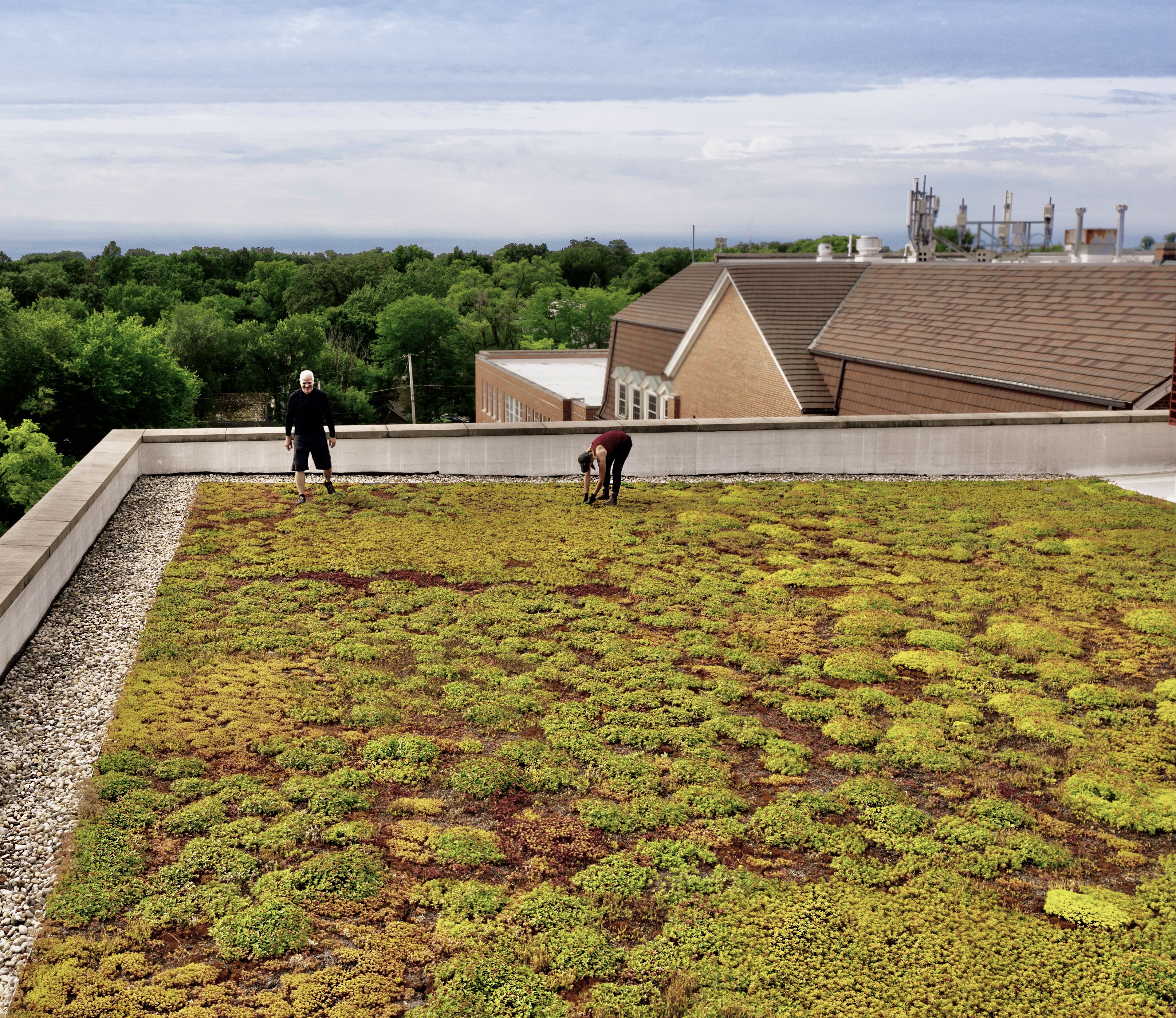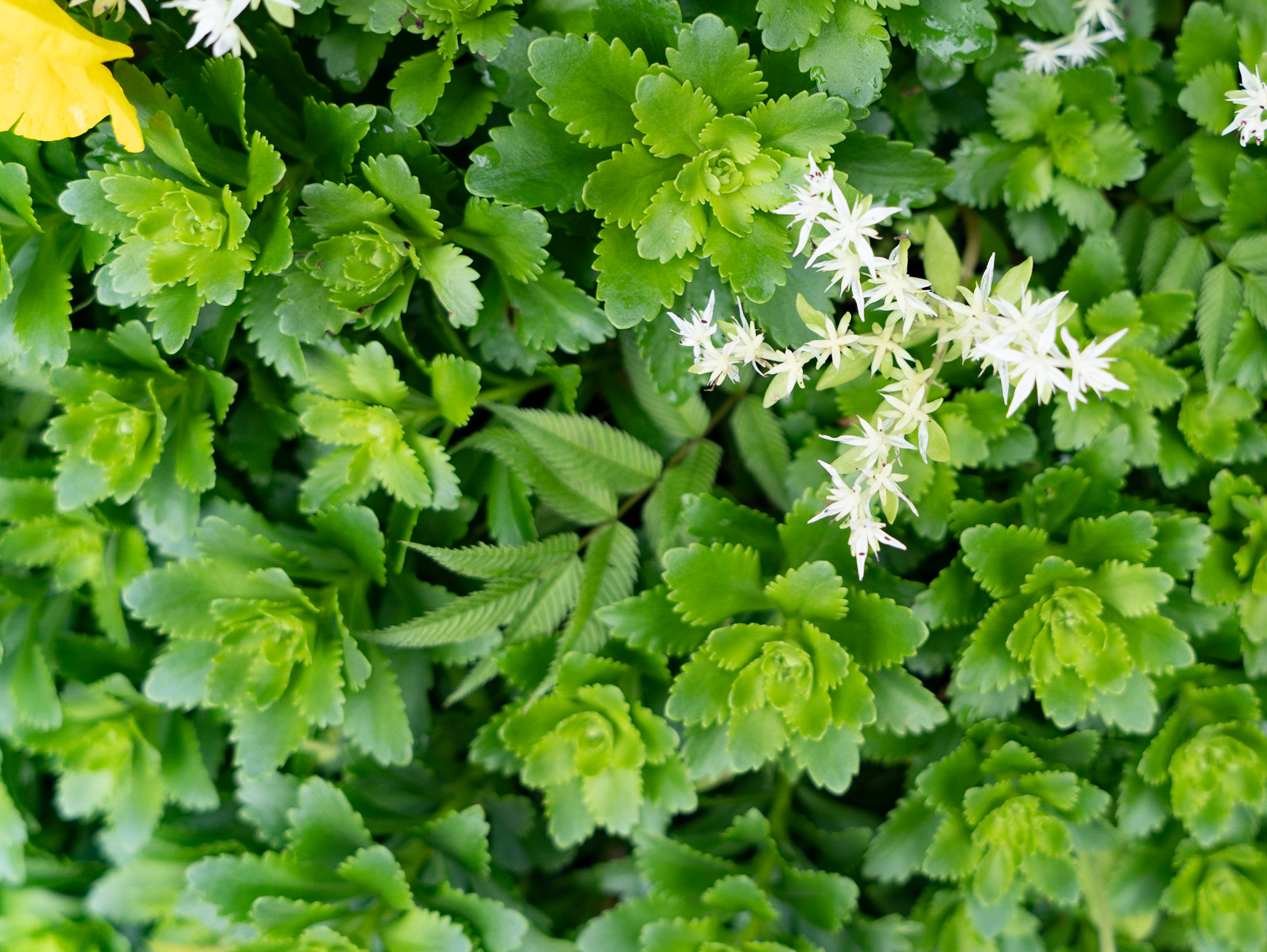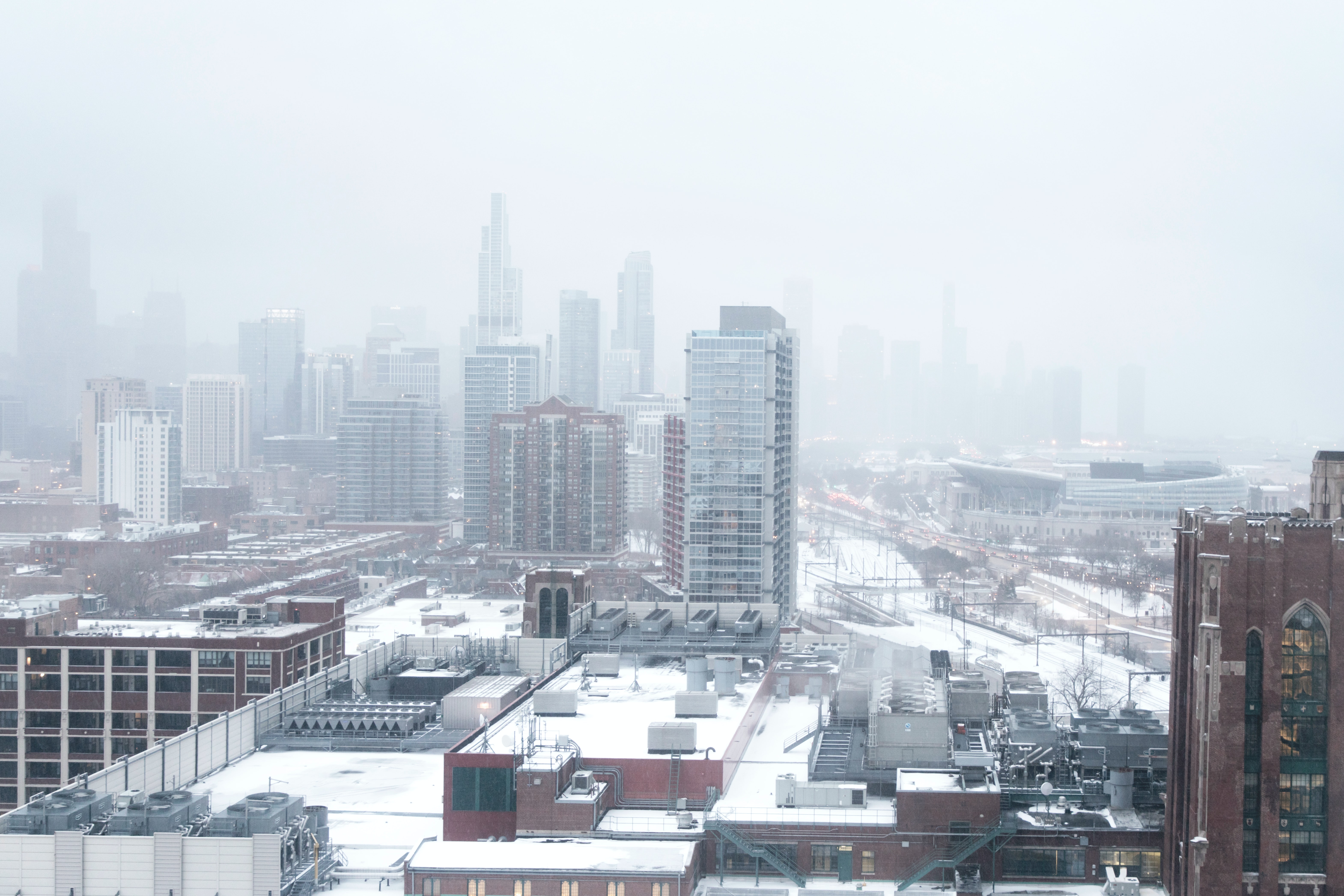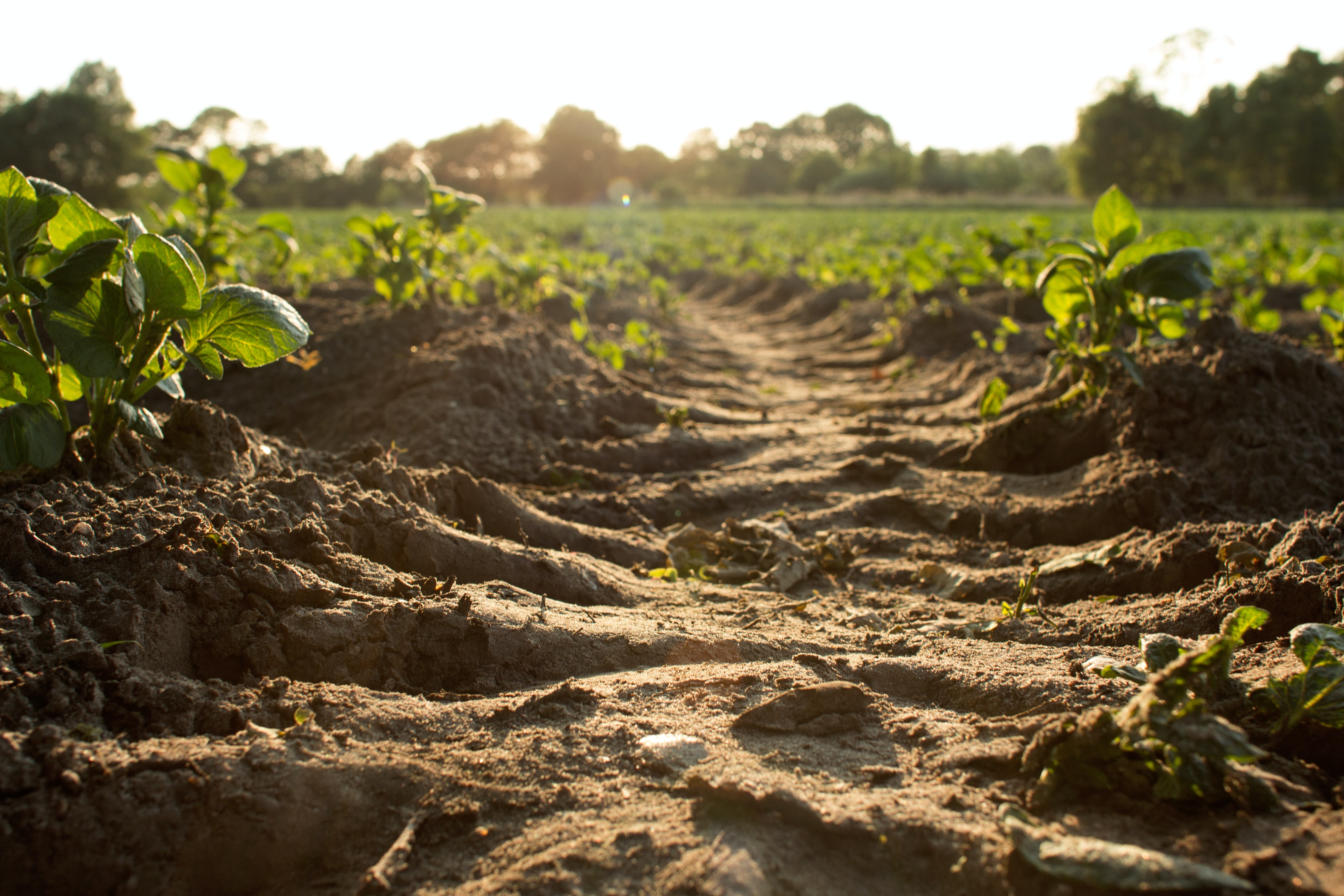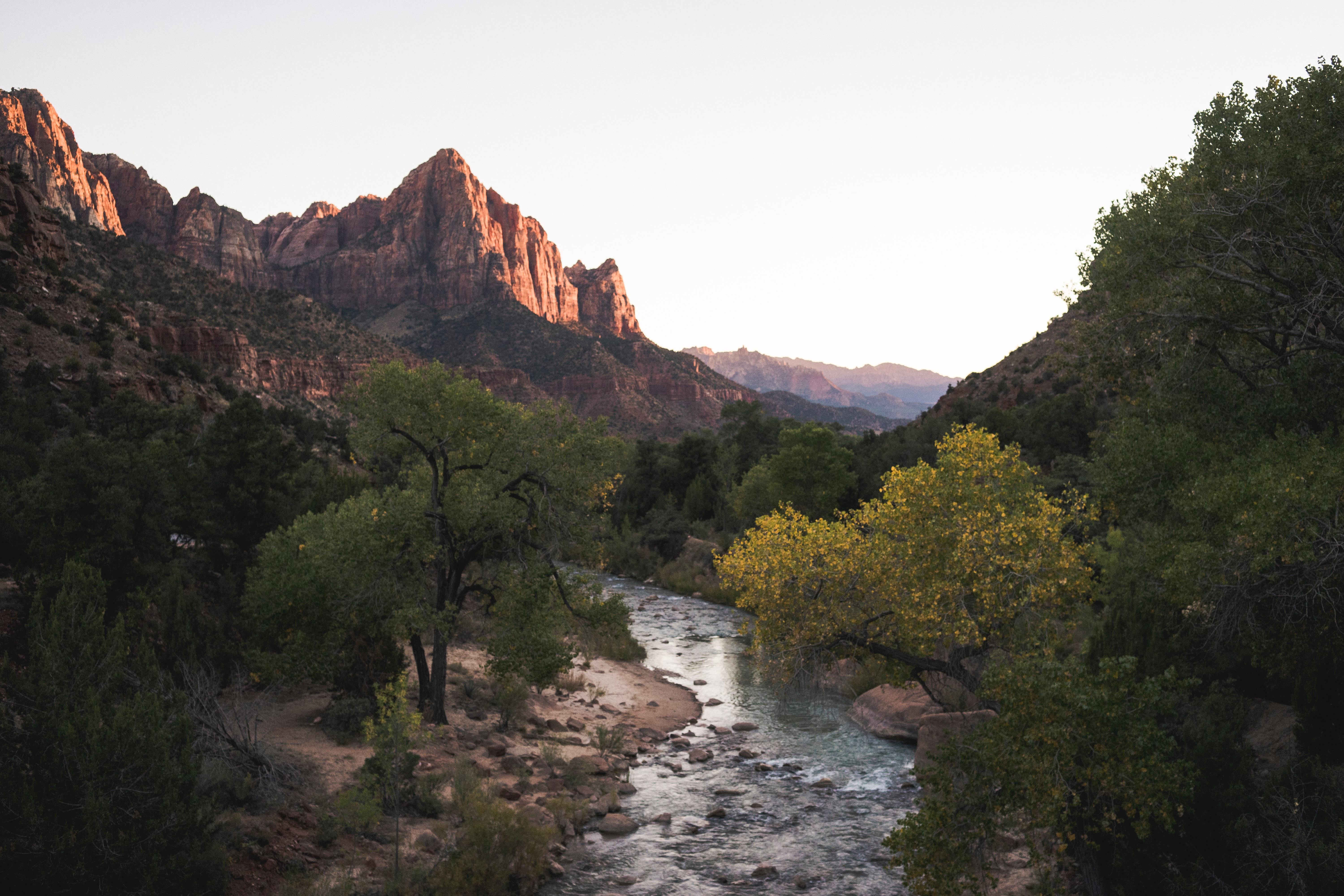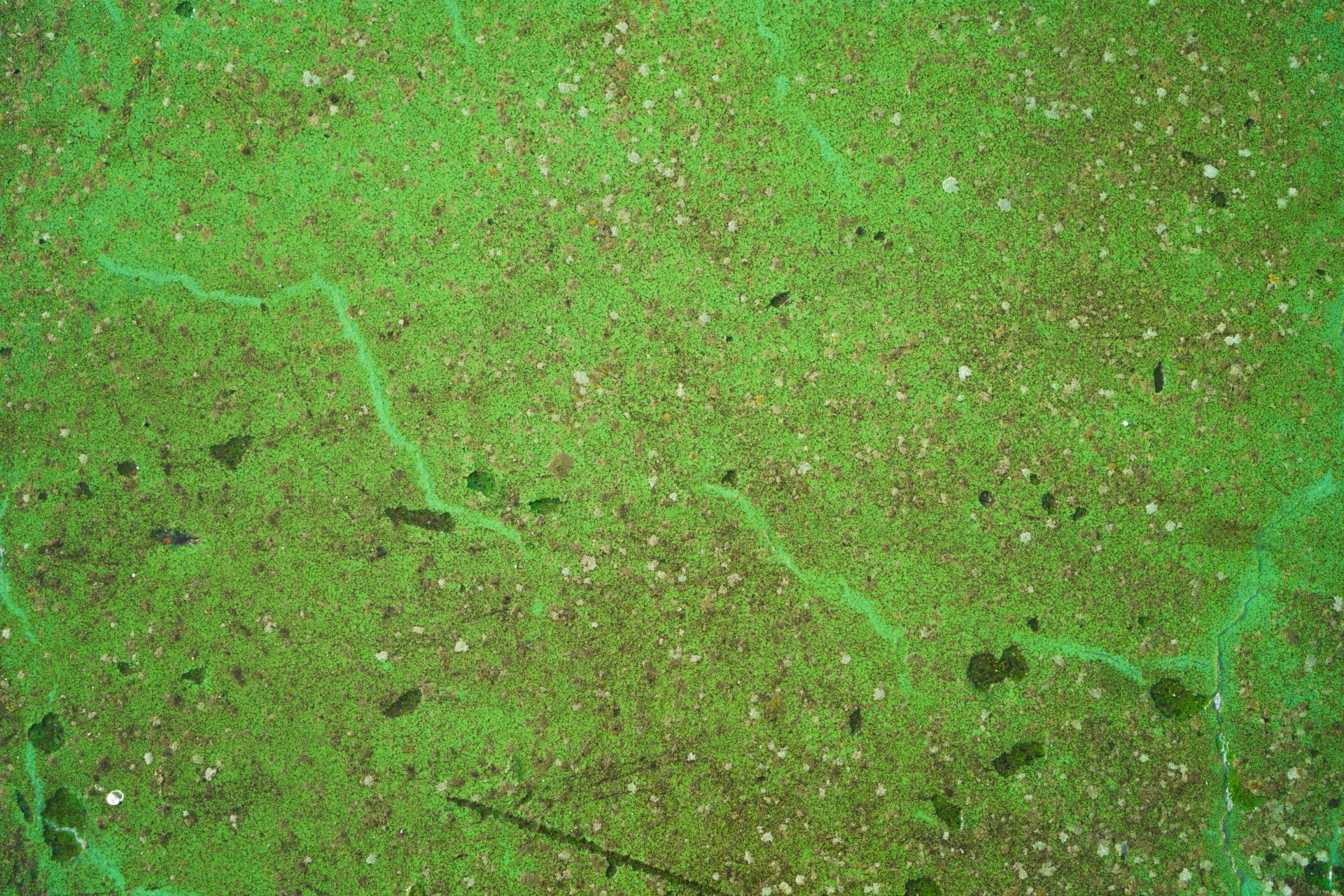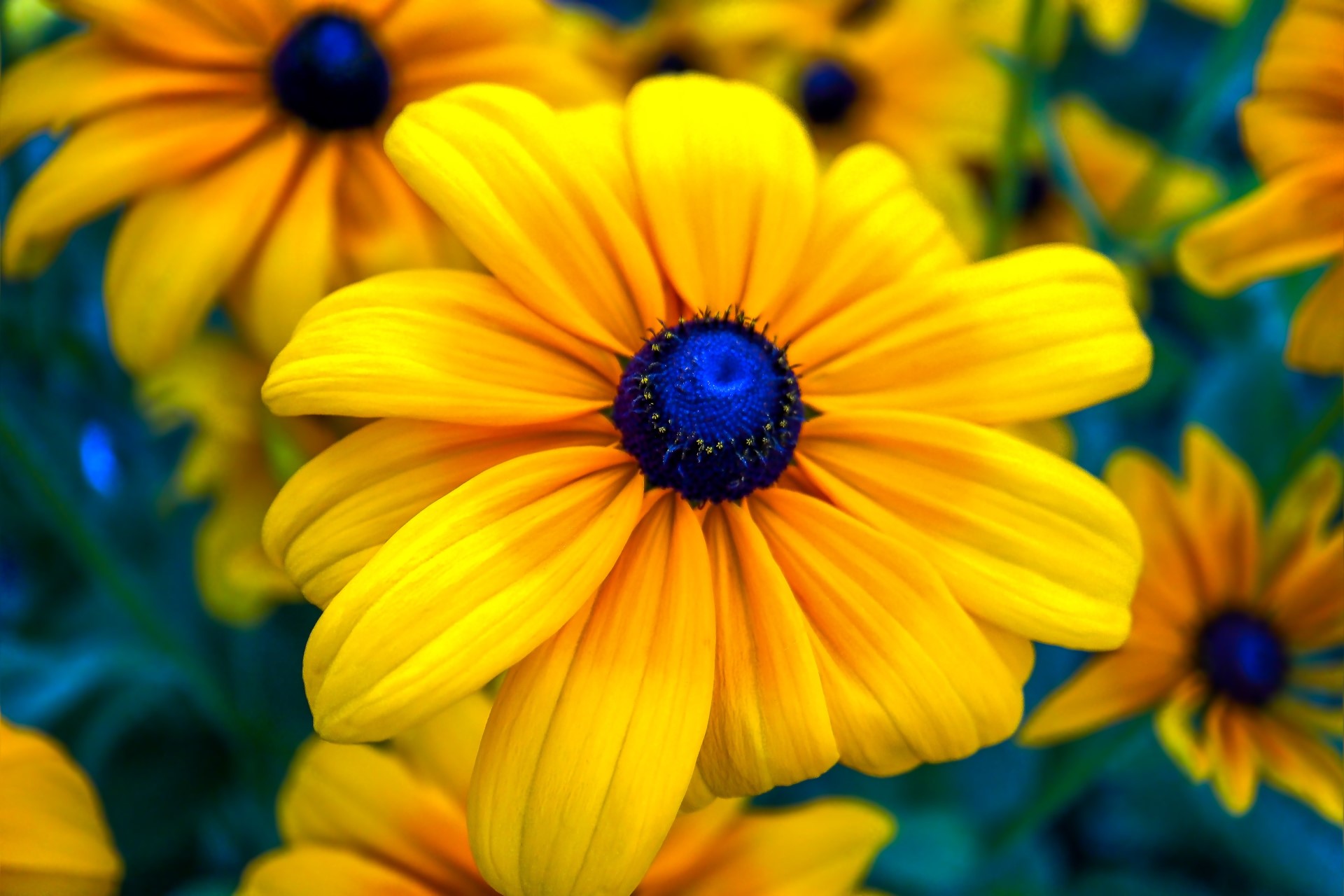Considering a green roof? That’s a big move, and it comes with a lot of hopes, dreams, and questions.
Topics: Green Roofs, Green Infrastructure, Stewardship
While a green roof is just as alive and natural as a garden growing on the ground, the green roof is going to need some extra tender loving care. If you were told to live 500 feet up in the air through high winds and dramatic weather changes, wouldn’t you need a little more attention too? We think so!
Topics: Stewardship
We often talk about how green roofs are different from landscapes on the ground, and never is that more obvious than in the spring. Luckily, there are some signs to look for to ensure your green roof health is optimized and thriving for the upcoming growing season.
Topics: Green Roofs, Stewardship
After a wet, cold winter, there is a glimmer of warmth on our horizon. With spring around the corner, it’s important to remember that a green roof has a different rhythm and maintenance cycle than landscapes on the ground. With that in mind, here are three things you can do to keep your green roof thriving this spring.
Topics: Green Roofs, Stewardship
For many of us, water is a resource that we take for granted.
We wash our hands, flush the toilet, fill up a glass straight from the tap and enjoy long, hot showers. For those who enjoy this kind of abundance, the idea of water scarcity is abstract. For others, it’s a daily reality. And the issue only stands to get worse throughout this century.
Enter the water wars.
Right now, over two billion people suffer from problems with their water - whether it’s getting enough clean water to drink, or safely dealing with wastewater. Experts predict that within the next four years, two-thirds of the world could face water shortages. Which makes water scarcity a harsh reality for both the present and the future.
But there’s a new way to deal with water scarcity on the horizon. Starting in early December of 2020, water joined gold, oil and other commodities and is now traded on Wall Street.
Topics: Stewardship
When was the last time you walked through a national park and thought to yourself ... “Boy, good thing the Land and Water Conservation Fund is here to make sure these wild places get their full funding?”
If you answered “never,” then you’re in good company. Most people don’t know exactly how our outdoor areas receive their vaunted protection.
Well, spoiler alert: It doesn’t come free.
Rather, it’s the result of hard work and hustling on the part of Dedicated Parties ranging from citizen coalitions to national conservation organizations to even, if you can believe it, our elected officials.
Topics: Stewardship
This year, it’s not much of a stretch to imagine a Day Without Something. Remember when you thought you’d have to go without toilet paper? Or hand sanitizer? And the run on potatoes and pasta was something to see!
We don’t mean to poke fun. Back in the spring, when it felt like suddenly we might not have access to whatever modern day or basic supply we might want was shocking, and a little scary.
Which makes this year’s Imagine a Day Without Water a little close to home for most of us, and incredibly relevant as we think about what we want our world to look like in the coming years.
Topics: Stormwater Management, Stewardship
Algae blooms are a serious problem, mucking up waterways, killing fish and endangering humans. What can we do?
Red tide (not to be confused with Red Dawn, which is an awesome movie) is a phenomenon pretty much all of us have heard of.
Likewise, almost everyone has experienced a bummer of a summer day or two, in which the local lake or river was closed to swimming due to algal blooms.
If you’ve ever walked along the shore of a normally crystalline body of water, only to witness a murky green more appropriate to The Creature from the Black Lagoon than to a picnic, you know what we’re talking about.
Algae blooms, also known as algal blooms, are a serious problem these days. They deplete oxygen in the water supply, choking out the organisms that live there. Some species of algae may even produce neurotoxins, which is dangerous to fish, wildlife, other plants and even humans.
While some blooms occur naturally, much of the issue comes down to eutrophication. Today, let’s turn our attention to this critical concept so we can make a game plan to change the future and make the world a greener place.
Topics: Stewardship, Floating Wetlands
If you’ve long believed that you must choose between a garden that looks like a magazine spread and one that helps the Earth, think again: Jack Pizzo is here to set you straight.
(Download a free PDF of this interview to take with you, and share it with family and friends!)
With the global climate crisis in full swing and environmental panic mounting, more people than ever are asking: “What can we do?”
When they’re told to change their gardens, plant more natives and keep a weather eye on their pollinator populations, however, many folks become a bit wary. They like their gardens how they are, thankyouverymuch.
That’s where The Pizzo Group comes in, self-described as “a family of four companies that restores ecosystems and provides sustainable landscape solutions that are both beautiful and functional.”
Jack Pizzo, president and senior ecologist of all four companies, as well as the past president of the Illinois Chapter of the American Society of Landscape Architects, is happy to report that interest in natural landscapes is rising, from residential backyards to large swaths of public land.
Increasingly, individuals, organizations and municipalities are reaching out to design landscapes that, as Pizzo says, look “like Martha Stewart’s perennial garden except that it’s native plants. People are beginning to see nature as an asset and not a liability.”
A development of which, it goes without saying, we are huge fans.
That’s not to say we’ve fixed every problem in the landscape industry or that we’re perfect stewards, however. Far from it. Recently we were lucky enough to sit down with Jack and have a heart to heart on these issues.
Topics: Stewardship
Posts by Tag
- Stewardship (53)
- Green Roofs (43)
- Green Infrastructure (29)
- Stormwater Management (26)
- Urban Ecology (16)
- Pollinators (15)
- Floating Wetlands (6)
- Sustainable Products (5)
- Michigan (2)
- Sustainability (2)
- Urban Sustainability (2)
- hanoverarchitecturalproducts (2)
- keenebuildingproducts (2)
- keenegreen (2)

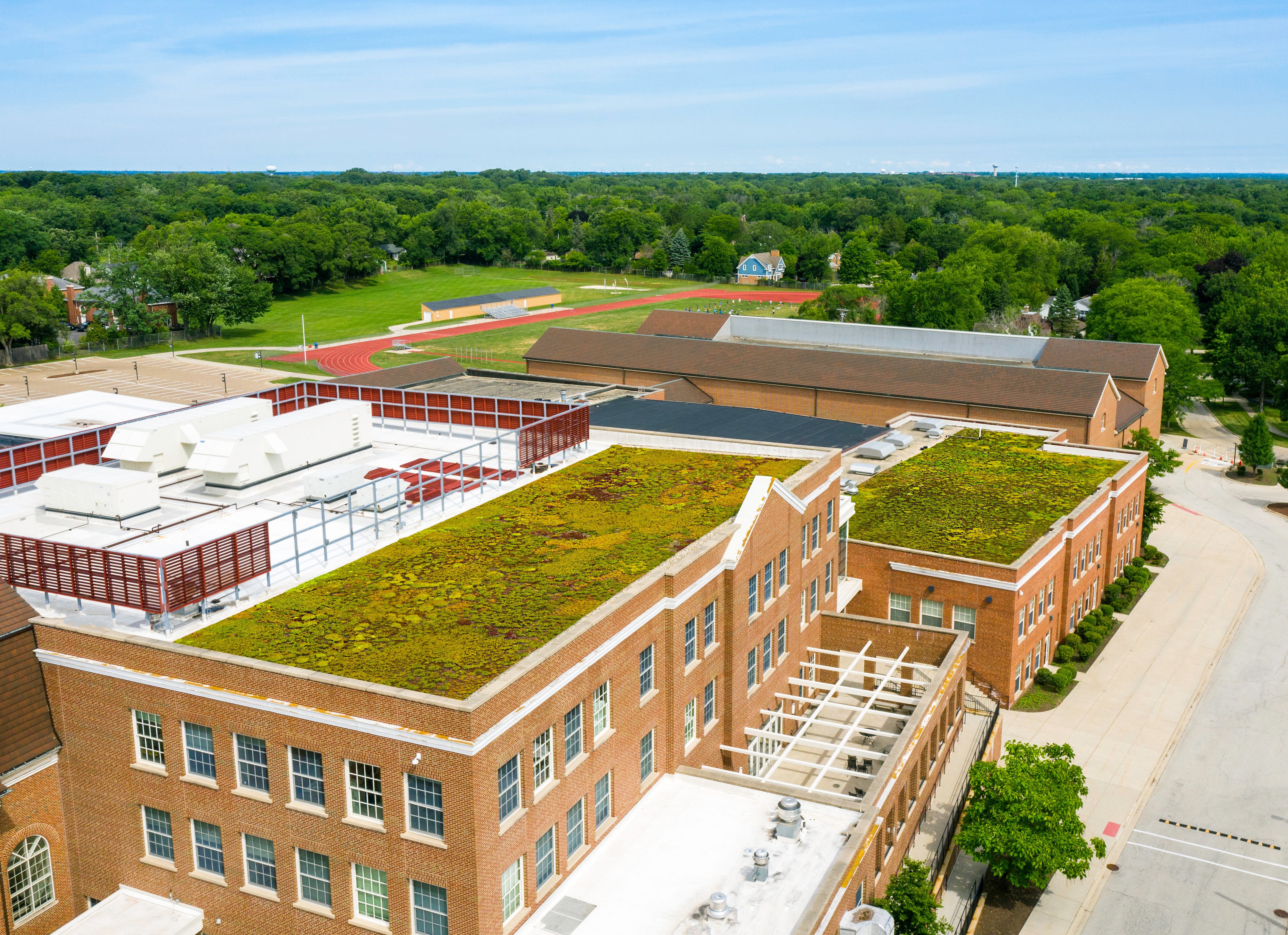
.jpeg)
